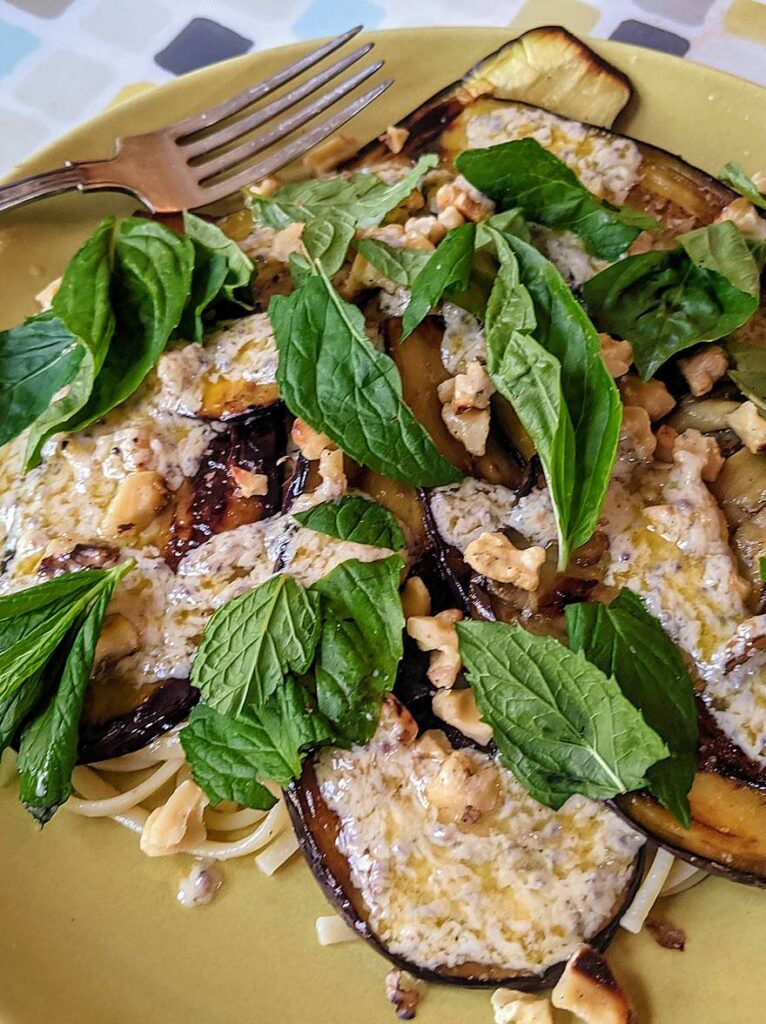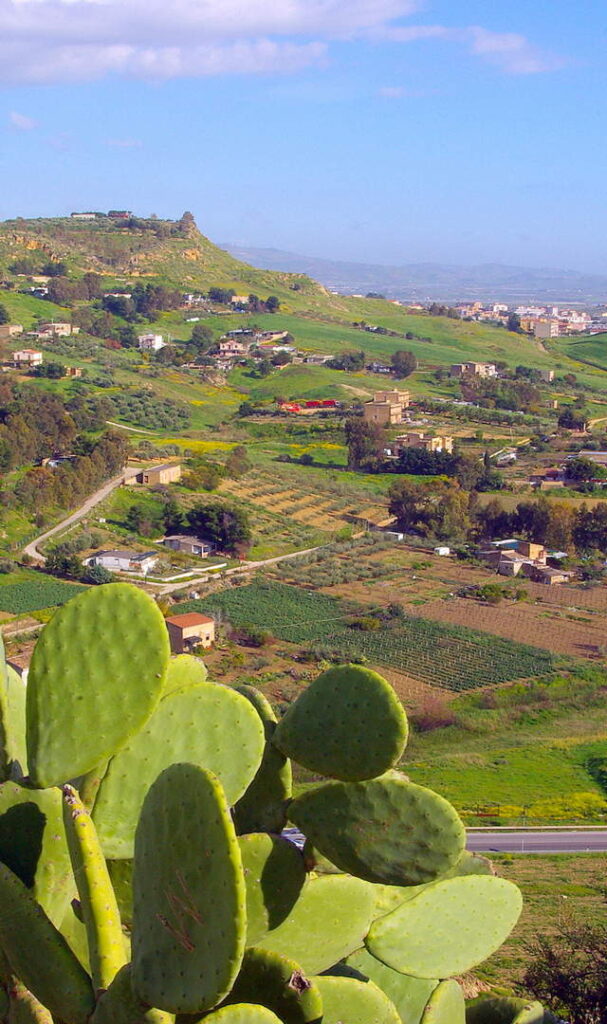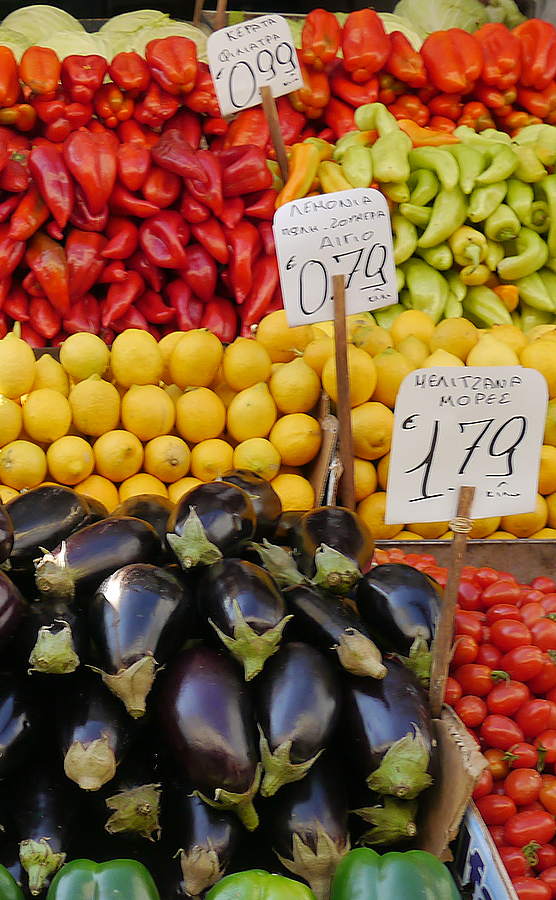
As the mercury rises, time for appetites to chill
We confess that when we saw advance copy on Eat Cool: Good Food for Hot Days (Rizzoli $39.95) back in February, we were more inclined to stews, braises, roasts, and similar rib-sticking fare for a frigid Boston. Then the mercury began to climb into the 80s and the humidity started to rise from comfortable to steamy to downright tropical. Suddenly Eat Cool sounded downright enthralling. The sub-subtitle of the book said exactly what we wanted to hear: ‶100 easy, satisfying and refreshing recipes that won't heat up your kitchen.″ Author Vanessa Seder is a chef and cooking teacher with a bent toward simple family-friendly recipes that look more labor-intensive than they are. She gives a lot of straight-from-the-shoulder advice about technique, too. Best of all,...Read More


